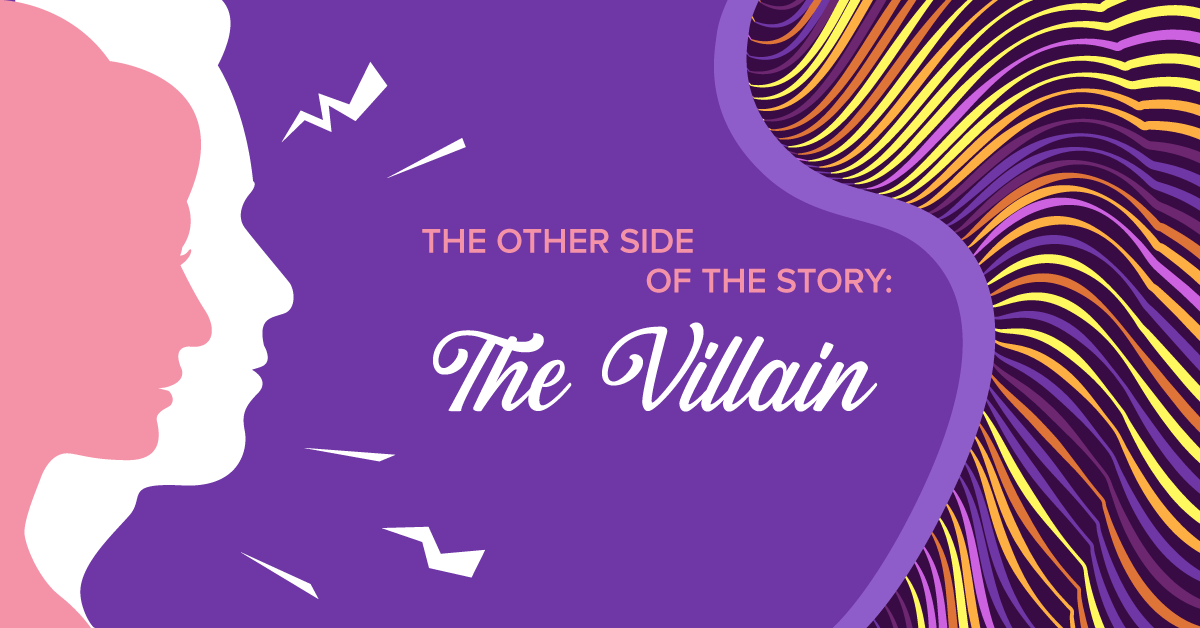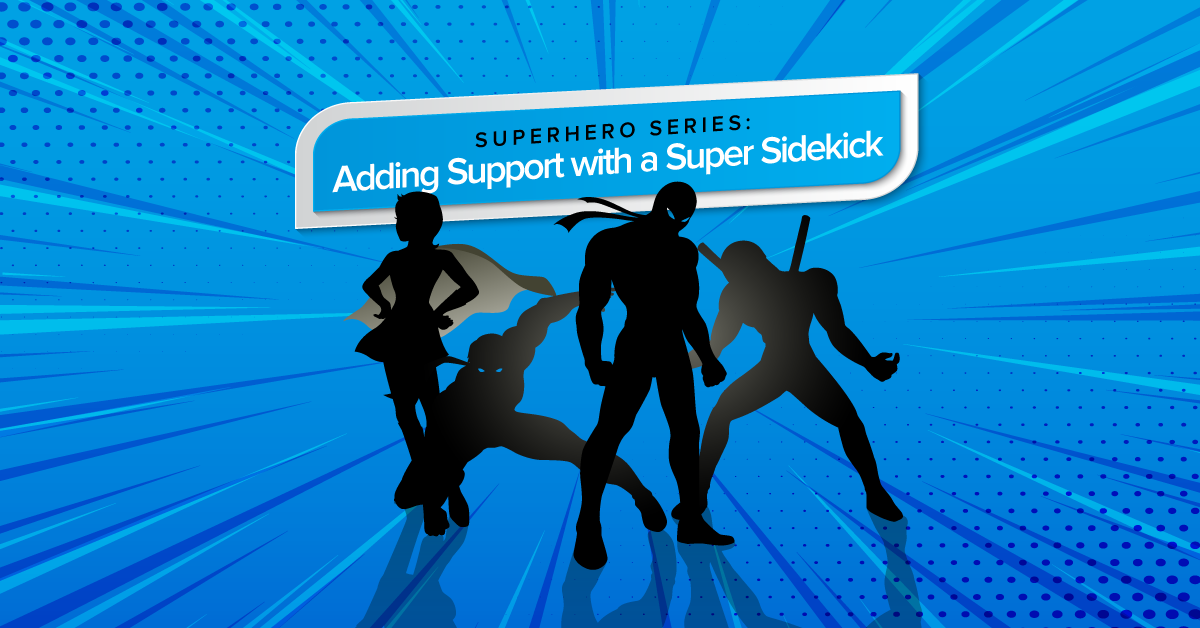Odd Couples: Creating New Relationships
For the following exercise, students will start by individually creating and analyzing a new character (or analyzing an existing character). Then with a partner, they’ll come up with a scenario in which the two characters would meet and form some sort of relationship.
From there, you can take the work in a multitude of directions. You can use it for new character creation for playwriting or scene work. For example, if you’re doing the Superhero Series with your students, you can use it as a character analysis exercise (how do characters behave when they are confronted with a different character?); you can use it if you’re feeling stuck in a rehearsal rut and want to mix things up (have students analyze their characters and interact with a character they don’t normally interact with); or you can use it as a standalone exercise.
Instruction
1. Start by having students complete the 20 Character Profile Questions exercise to create a new character.
Alternatively, brainstorm a list of existing characters (Batman, Harry Potter, Katniss Everdeen, The Big Bad Wolf, Luke Skywalker, Dorothy Gale, Lisa Simpson) and have students analyze them using the same questions. You can either assign each student a character or allow each student to select a character to analyze. Each student should have a different character.
If you are doing a class production and want to challenge your actors, have students complete this exercise by analyzing the characters they are playing.
2. Partner students up by drawing names out of a hat.
3. Have the partners compare their characters and create a list of scenarios (aim for at least five) in which these two characters would have some sort of relationship.
The nature of the relationship is up to the students. Often when we say “relationship,” students immediately think of a romantic relationship. This doesn’t have to be the case. Here, a relationship simply means “in relation to one another,” or how the two characters are connected. Here are some ideas on how the characters could have a relationship:
- The characters discover they are long-lost siblings.
- One character helps the other one do or fix something.
- The characters are pen pals.
- One character teaches the other one something.
- One character is the other one’s boss.
- One of the characters causes the other one to have an accident.
- The characters are study partners at school.
- The characters are having a disagreement but discover they have something in common.
- The characters work together to accomplish a common goal (find treasure, put up a tent, win a basketball tournament).
- One character entertains the other one.
4. From the list of scenarios the partners have come up with, have them choose one scenario they like best or find most interesting. They will use this to perform a one-minute improvised scene where the characters meet and form a relationship, or as a playwriting exercise in which students write a one-page scene where the characters meet and form a relationship. (If your students are overwhelmed, these location prompts and outdoor prompts might give them some ideas about where their characters could meet.)
Since there is a one-minute / one-page limit, students need to get to the crux of the relationship right away, and it needs to be very clear.
5. If time permits, have the class either watch the improvised performances or listen to a reading of the written scenes.
6. Afterward, discuss the relationships as a class:
- What was the relationship between the two characters?
- Was the relationship clear?
- Was it established quickly?
- Did it make sense (even if it was silly)? Why or why not?
- What worked well within the scene? What didn’t work?
7. Students will complete and submit individual reflections (found below).



